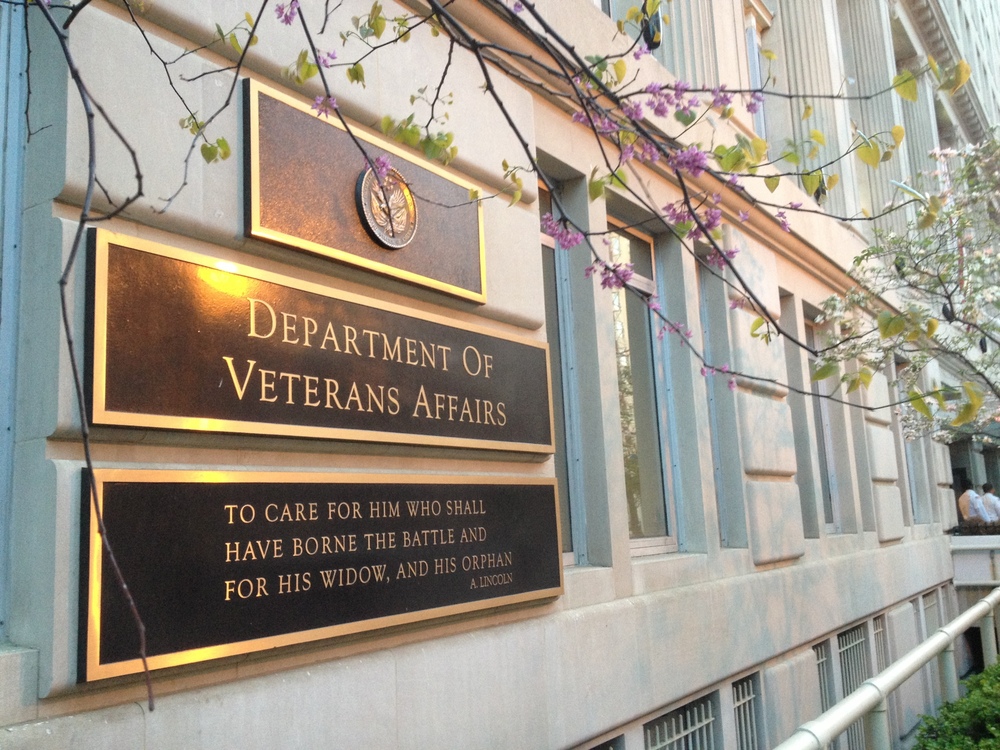The U.S. Department of Veterans Affairs
Federal Government

There are currently 19.2 million veterans in the United States. As a country, the US pays tribute to their nation’s heroes on November 11 each year, but at the Department of Veterans Affairs (VA), every day is dedicated to honoring and supporting veterans. In addition to 171 VA medical centers and 1,269 outpatient clinics positioned throughout the country, the federal agency also offers several non-healthcare benefits, from disability compensation and education assistance to home loans and life insurance.
With such a wide variety of services and options, veterans were struggling to find and access the specific information and care they needed. To create a centralized home for their offerings, and modernize their internal software development and DevOps tools, VA’s Office of Information and Technology (OIT) partnered with GitHub. The change was immediate: OIT was viewed as a more forward-leaning organization, with the ability to deliver features and changes faster to end users and keep their IP secure.
Before they migrated to GitHub in 2019 VA’s most productive teams were already building code in GitHub and importing it back into their version of ClearCase Rational Tools. Of the OIT’s more than 7,000 employees, 5,000 are now GitHub users, with an expectation that they reach 100 percent adoption by 2021. For developers and contractors who might not be as familiar, VA also offers GitHub seminars and self-guided education materials online.
To support VA’s efforts to make healthcare more accessible through the MISSION Act, the first big project was the homepage, VA.gov—which is now visited by 10 million veterans every month. The team rebuilt the homepage to bring better value to their veterans, all using GitHub. A veteran can find 80 percent of VA’s services from a single page, including refilling and tracking prescriptions, messaging their health care team, managing their GI Bill benefits, and requesting military records. VA also extended the experience to a mobile app that allows veterans to access an array of health services and view medical records on the go. Since the update, the responses have been phenomenal. Veterans say the new app is the best VA has ever built, and their usage is higher than ever before.

To build VA.gov, the Digital Service team open sourced all of their code from a public GitHub repository. With government source code seen as a public good, the team defaults to open source unless there’s a compelling reason not to. In fact, VA must inventory 100 percent of their internal code, and release at least 20 percent as open source code, to stay compliant with the Federal Source Code Policy and further the federal government’s commitment to transparency, participation, and collaboration. This was a challenge, because most of the organization’s projects and tools weren’t set up for it. Now, GitHub functions as the central repository where contractors can efficiently gather and inventory VA’s code. Even more importantly, they were able to make VA.gov public and publish the code that they want open sourced, with GitHub’s ease of use expediting the process even more.
They also designed and developed their electronic health record system on a public GitHub repository, which means other hospitals and countries can use and modify it. There’s a lot of reuse of VA’s implementation, since it’s viewed as one of the most powerful things that the federal government can do. If one team writes code and finds a great product market fit through user research, the benefits are clear: developers should be able to take what other teams have done and give all taxpayers—especially veterans—a better software experience. GitHub allows VA to integrate security and compliance into the software development lifecycle, rather than adding it on at the end, which is key to working responsibly as a federal open source enterprise.
VA also uses a public repository to run the Veterans Benefits Management System (VBMS), their largest processing claims system, as well as their API program and its surrounding work. They needed to give developers a safe and secure way to build against VA data as well. VA has a significant amount of fundamental data about their facilities, administrative processes, and organizational structure. GitHub helps development teams leverage this data to accelerate the delivery of applications that improve healthcare experiences for veterans onsite in VA hospitals and via telehealth options. They drove ahead with an API program—and have already seen success from both external and internal developers who use VA’s APIs.

One of the more successful cases is VA’s claims ratings API. Before GitHub, VA’s service organizations would use software similar to automated tax software, and the last step would be to print the PDF, then fax or mail it. This method was not only time-consuming but less secure. Today, the API allows that PDF to be submitted electronically so veterans can receive their claim number immediately. The VA intakes about one million requests each year, and using the API means it takes veterans two to three weeks’ less time to get their benefits. Veterans can also quickly download their medical records straight to their iPhones, and VA securely exchanges health information using firewall standards with the CDC.
Internally, the organization has moved to more of a DevOps model for a number of their teams. Everyone is interested in automating and speeding up their release time, which encourages a more efficient workflow and greater productivity. Developers can track issues to their pull requests to the code being committed and pushed into production, making it much easier to see work in flight. This encourages collaboration and transparency around project source code and artifact management in a way that’s both secure and compliant with Federal Source Code Policy Directives. By using a centralized platform, it takes teams a radically shorter time to integrate their code. When GitHub is part of their DevOps toolchain, VA is even closer to continuous integration, and sees faster deployments. What works internally also helps attract top talent. Younger people with recent experience in the commercial sector expect to build on GitHub, resulting in better talent recruiting and retention.
As the transition from Rational to GitHub Enterprise ramps up over the next 12 months, VA’s employees will continue to adapt and adopt best practices. Teams are working faster and better with a lot fewer tools. Their contributions to the open source community in particular have the power to give other hospitals and organizations similar momentum, and help transform the healthcare industry. Ultimately, VA’s efforts to modernize both internal DevOps and the end-user experience will benefit millions of veterans who can now access the support they need across the country at VA hospitals, in local communities, and especially online.
product
industry
number of developers
location
From flexible hosting to data‐powered security, get everything your team needs to build at their best.
Contact sales